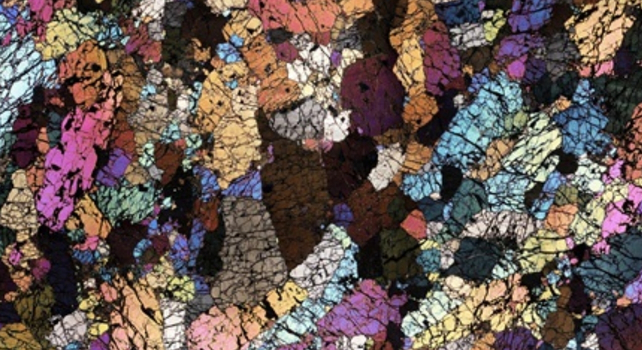Geoscientists have solved an age-old mystery of oceanic volcanism and plate tectonics, explaining why some islands contain so much continental material despite their distance from continental plates.
According to simulations and chemical analyses led by the University of Southampton, these perplexing mechanisms occur as the continents are peeled from below by Earth's restless tectonic forces, through slow, rolling 'mantle waves.'
When continental plates rift and drift apart, the hot and (incredibly) slow-flowing upper mantle strips them at their roots. This scoured material is then carried far, where it enriches the oceanic mantle and fuels volcanism for eons.
Related: Earth's Crust May Be Peeling Away Deep Beneath California
"We've known for decades that parts of the mantle beneath the oceans look strangely contaminated, as if pieces of ancient continents somehow ended up in there," explains earth scientist Thomas Gernon at the University of Southampton and the study's lead author.
Scientists had previously tried to explain this in various ways.
Perhaps the oceanic mantle was 'contaminated' by sediments that became recycled as the crust dives into the mantle, a process called subduction.
Or maybe columns of hot rock, called mantle plumes, brought enriched material with them as they bubbled up from deep within the Earth toward the surface.
These processes may contribute, but they don't tell the full story, as some enriched areas show little evidence of crust recycling or hot pluming. Additionally, enrichment across the oceanic mantle appears varied, originating from a mosaic of rocks of different ages.
The theory of crust-stripping 'mantle waves' explains the enrichment process: when a continent breaks apart, it sets off a chain of instabilities, or mantle waves, which sweep along the base of the continents at depths of 150 to 200 kilometers (90 to 125 miles).
This sweeping motion peels the continents from below, at their roots, and can carry continental material for more than 1,000 kilometers to the oceanic mantle, feeding volcanic eruptions that can persist tens of millions of years.

It's a very slow sweep, playing out on geological timescales. To say that this happens at a snail's pace is an understatement – the continental slivers are swept into the oceans at a pace that's a million times slower than the speed of a snail.
These extended timescales mean that continents leave their chemical fingerprint long after they've broken apart.
"We found that the mantle is still feeling the effects of continental breakup long after the continents themselves have separated," says Sascha Brune, a geodynamicist from the University of Potsdam.
"The system doesn't switch off when a new ocean basin forms – the mantle keeps moving, reorganising, and transporting enriched material far from where it originated."

A chain of submarine volcanoes and mountains in the Indian Ocean provides an additional line of evidence. Once situated off northeastern Australia, this chain includes Christmas Island and was formed more than 150 million years ago as the supercontinent Gondwana broke apart.
This region does not show strong evidence of mantle plumes. Instead, it presents a profile of enriched volcanism that occurred within 50 million years of the continental break-up. This enrichment slowly declined over time, as is consistent with the researchers' model predictions.
In addition to solving the mysteries of conventional material out in the oceans and unexpected volcanism far from tectonic boundaries, this research team recently unearthed a couple of other geoscience secrets.
They found that the slow, rolling mantle waves may also cause diamond-rich magmas to erupt from deep within the Earth. Finally, these same mantle waves can cause continental uplift, forcing the seemingly stable parts of continents to rise up more than a kilometer, forming some of the "planet's greatest topographic features."
This research is published in Nature Geoscience.
